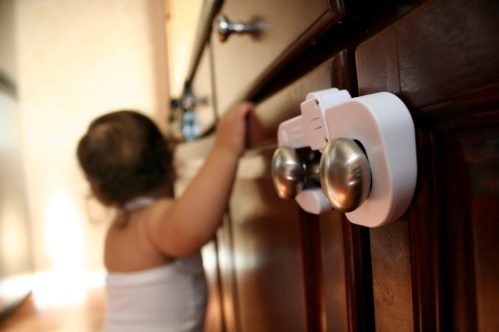MN Public Health Data Access Portal - Pesticide Poisonings
Pesticide poisoning
Pesticides help manage pests, but can cause poisonings

However, pesticides can harm people, and can lead to emergency department visits, hospitalizations, or even death. Even exposure to pesticides advertised as less toxic, natural, or organic can be harmful.
Symptoms of acute pesticide poisoning include: sweating, headache, fatigue, salivation, tears, slow pulse, nausea, diarrhea, loss of coordination, confusion, and coma. These vague symptoms can be mistaken for other illnesses, such as the flu. Exposure to pesticides may also result in chronic effects, depending on the exposure.
Children are at high risk for pesticide poisonings
Compared to their bodyweight, infants and children eat, drink, and breathe more than adults. This can increase their exposure to pesticides in the environment. Behaviors like playing on floors and lawns and putting things in their mouths make infants and children more vulnerable to pesticide exposures. These exposures can harm a child's nervous system and organs while they are in critical stages of development. In 2022, about 45% of the pesticide exposures calls recieved by the Minnesota Poison Control System were concerning children under age 5.
Prevent poisonings in your home
Parents and caregivers can prevent pesticide poisonings by locking up products that could harm children. Yet, a national study found that among households with children under the age of five, nearly half stored pesticides in an unlocked cabinet within reach of children.
Program the Poison Help number into your phone: 1-800-222-1222. Call Poison Help if there is an accident that involves pesticides, chemicals, medicine, or other household products.
Store chemicals safely:
- Store pesticides and other chemicals in a locked cabinet or garden shed - away from children and pets.
- Use child-resistant packaging properly and close containers tightly after use.
- Never put pesticides or other household chemicals in containers that may be mistaken for food or drink
Use chemicals properly:
- Read the product label first and follow the directions closely.
- Never leave pesticides and other household chemical products unattended.
- Keep children, pets, toys, bottles and pacifiers away when applying pesticides inside or outside the home. Follow label directions to determine when children and pets can return to the area that has been treated.
Use safer products:
- Use products with a tamper-resistant bait station to protect children and pets from mouse and rat poison.
- Never use illegal pesticides (e.g., Tres Pasitos, DDT, unregistered Insecticidal Chalk). Always look for an EPA Registration ID number on the label. (Example: EPA Reg. No. 500-123456)
What is Minnesota doing about pesticide poisonings?
MDH has several pesticide-related programs and services:
The MN Tracking Program at the Minnesota Depatment of Health (MDH) tracks pesticide calls, pesticide poisoning ED visits and hospitalizations to assess trends and to inform actions to prevent poisonings.
The Minnesota Poison Control System provides emergency poison management and poison prevention information.
The Minnesota Department of Agriculture provides information about pesticide exposure in homes, schools, and workplaces. It regulates the sale, use, and disposal of pesticides.
Related Topics: